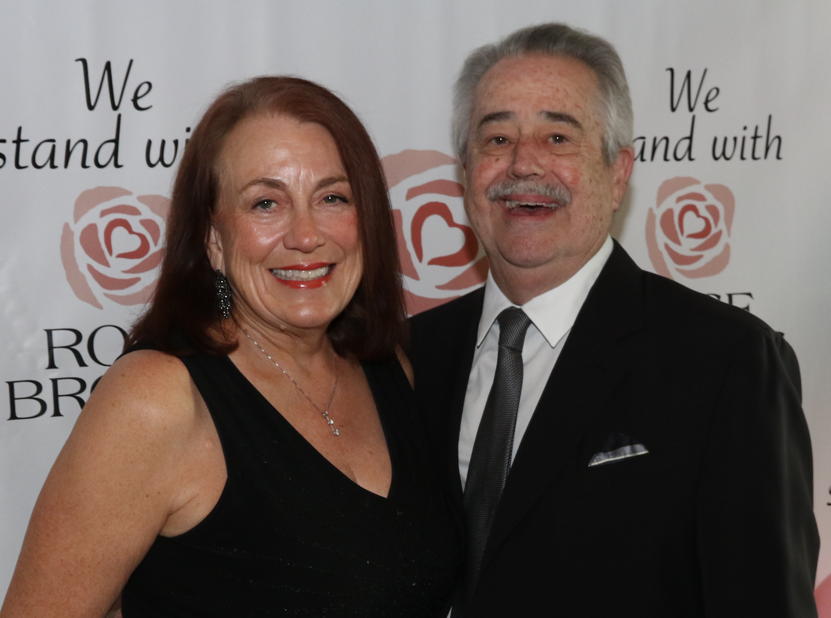Women's History Month
Inspired by the universal female suffrage movement, the first documented International Women’s Day was held in 1909 and was eventually adopted by the United Nations in 1977 as a global holiday, celebrated on March 8th annually. In 1969 on IWD, a woman known as Laura X organized a march in Berkeley, California. (Born Laura Rand Orthwein, she later legally changed her name to Laura Shaw Murra, and again she changed her name in 1969 to Laura X, to symbolize her rejection of men’s ownership of women.) The march led to the creation of the Women’s History Center, also in Berkeley, serving as a central archive for the women’s movement. Laura X went on to become an associate of the Women’s Institute for the Freedom of the Press, and she was instrumental in campaigning for laws regulating sexual abuse in California.
As the recognition of the women’s movement spread across the country, in 1980, President Jimmy Carter issued a presidential proclamation that the week of March 8th was National Women’s History Week. In 1987, Congress passed resolutions declaring March as National Women’s History Month, and annually Presidents continue to issue proclamations declaring that Women’s History Month remain in March.
The United Nations declares a theme for International Women’s Day each year, and the 2024 theme is “Invest in women: Accelerate progress.” Quoting the UN Women website: “In a world facing multiple crises that are putting immense pressure on communities, achieving gender equality is more vital than ever. Ensuring women’s and girls’ rights across all aspects of life is the only way to secure prosperous and just economies, and a healthy planet for future generations.”
The website womenshistorymonth.gov offers a variety of resources to explore everything from women’s art to business to politics to historic places.
Featured ARTICLES








